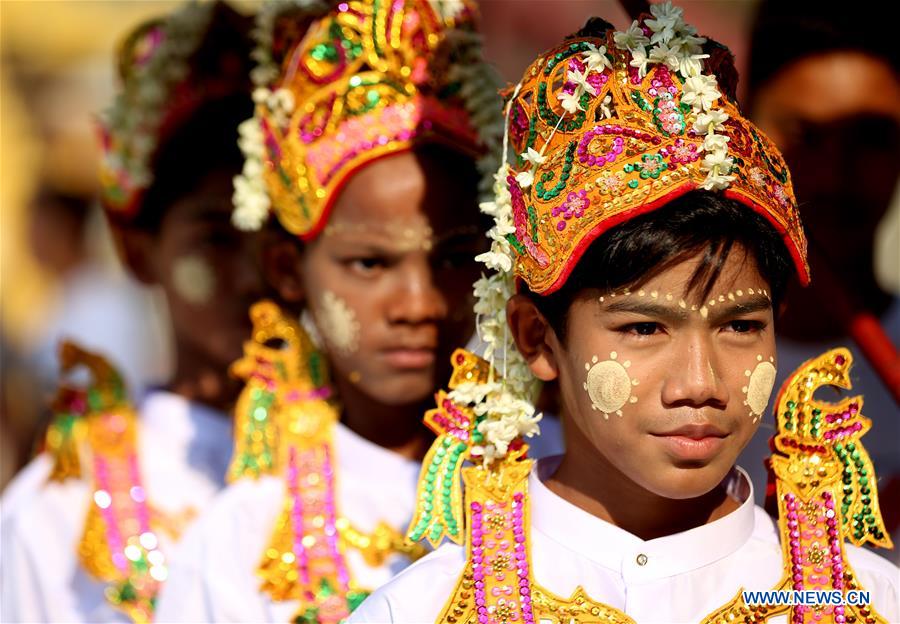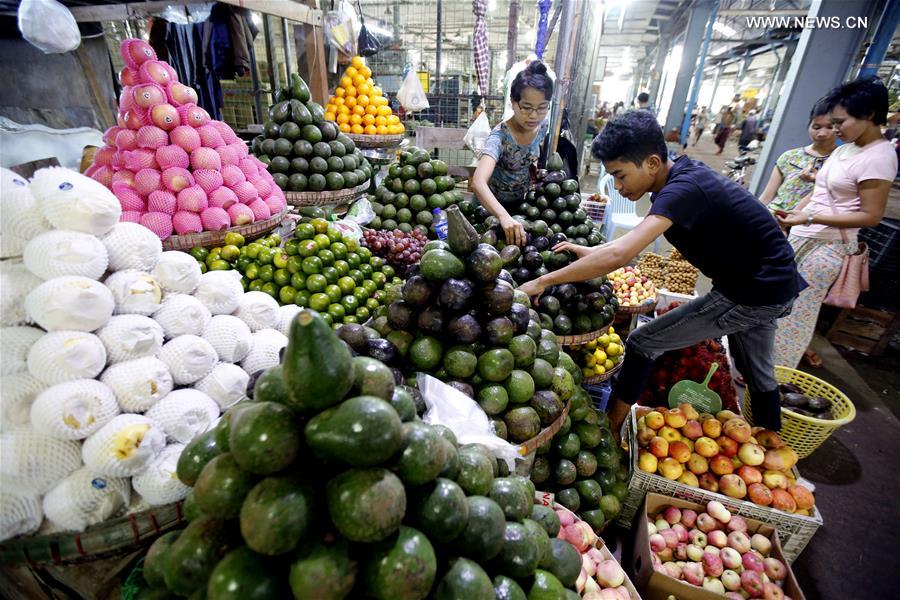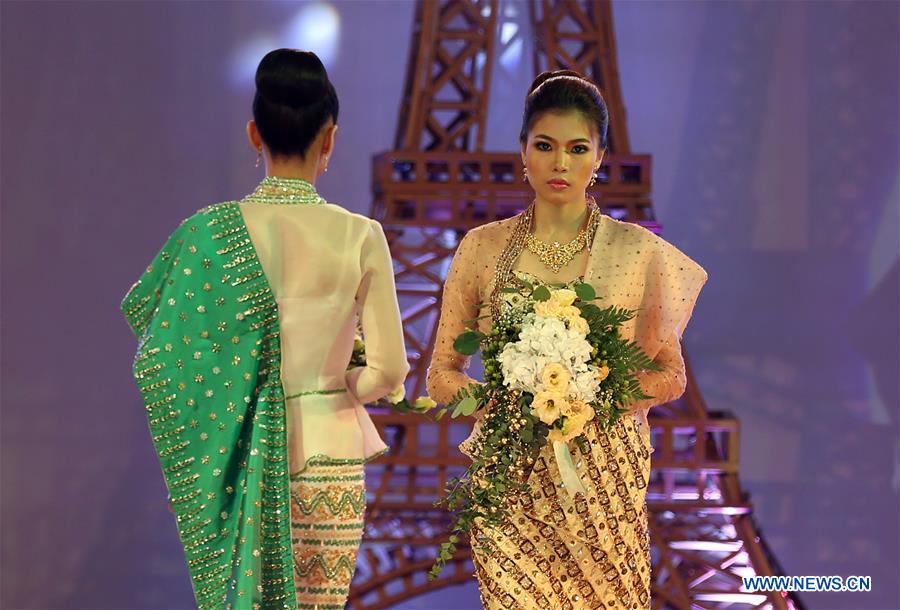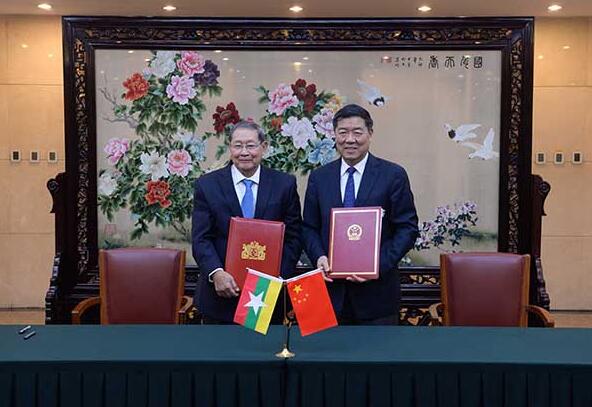Myanmar, also known as The Republic of the Union of Myanmar.

Young boys in traditional attires attend the Shinbyu novitiation ceremony at Shwedagon Pagoda in Yangon, Myanmar, April 7, 2019. The Shinbyu novitiation ceremony is an essential and integral part in a life of a Myanmar Buddhist male under the age of 20. (Photos: Xinhua)
FACTS:
Republic of the Union of Myanmar
Capital: Nay Pyi Taw
Population 53 million
Area: 677,000 square kilometers (261,228 square miles) ranging 936 kilometers (581 miles) from east to west and 2,051 kilometers (1,275 miles) from north to south, It is a land of hills and valleys and is rimmed in the north, east and west by mountain ranges forming a giant horseshoe.
Major language: Burmese
Life expectancy 64 years (men), 69 years (women)
Currency: kyat
Membership in the UN
Leaders:
President: U Win Myint
U Win Myint was elected as Myanmar's new president in the presidential vote on March 28, 2018, becoming the country's 10th president since 1948.
State Counselor and the National League for Democracy (NLD) Party Chairperson Daw Aung San Suu Kyi.

A worker selects fruit for customer at the Thiri Mingalar wholesale market in Yangon, Myanmar, Sept. 6, 2017.
Myanmar’s mineral resources mainly consist of tin, tungsten, and zinc, as well as precious gemstones and jade.
The country’s major industries include oil and gas exploitation, small-scale machinery manufacturing, textiles and wood processing.
Agriculture is the foundation of the country’s economy, accounting for about 40 percent the gross national product. Main crops include rice, wheat and peanuts.
Myanmar enjoys excellent natural conditions and abundant resources. After independence in 1948, a market economy was in place until 1962. A planned economy was in place between 1962 and 1988, and a market economy was in place after 1988. In July 2016, the Myanmar government introduced a 12-point economic policy.
In the 2017-2018 fiscal year, Myanmar’s GDP was about $69 billion, with a per capita income of about $1,300, attracting foreign direct investment of $5.8 billion. Its main trading partners include China, Thailand, Singapore, Japan, and South Korea.

Models present traditional dresses during a wedding and lifestyle fair in Yangon, Myanmar, May 26, 2018.
China and Myanmar signed a memorandum of understanding (MOU) to jointly build the China-Myanmar Economic Corridor (CMEC) on September 12, 2018.

China and Myanmar signed a MOU to jointly build China-Myanmar Economic Corridor on September 9. (Photo: NDRC)
The CMEC, an important part of the Belt and Road, starts in the north from China's Yunnan Province, goes down south to the central Myanmar city of Mandalay, and further extends east to the new city of Yangon and west to the Kyaukpyu special economic zone.
China and Myanmar have pledged to jointly push forward the building of the China-Myanmar Economic Corridor under the China-proposed Belt and Road Initiative.
The pledge came as Ning Jizhe, deputy head of China's National Development and Reform Commission, visited Myanmar from November 24 to 27, 2018.
Myanmar’s Ministry of Economic Affairs Aung San Suu Kyi visited China to participate the Belt and Road Summit in May 2017.
China is Myanmar's largest trading partner. According to the data from China’s Ministry of Commerce, in 2017, the bilateral trade volume reached $13.54 billion.
China and Myanmar formally established diplomatic relations on June 8, 1950.
Cover image: A boy celebrates the water festival in Yangon, Myanmar, April 14, 2019. Traditional Thingyan water festival has kicked off in Myanmar's regions and states in full swing.


